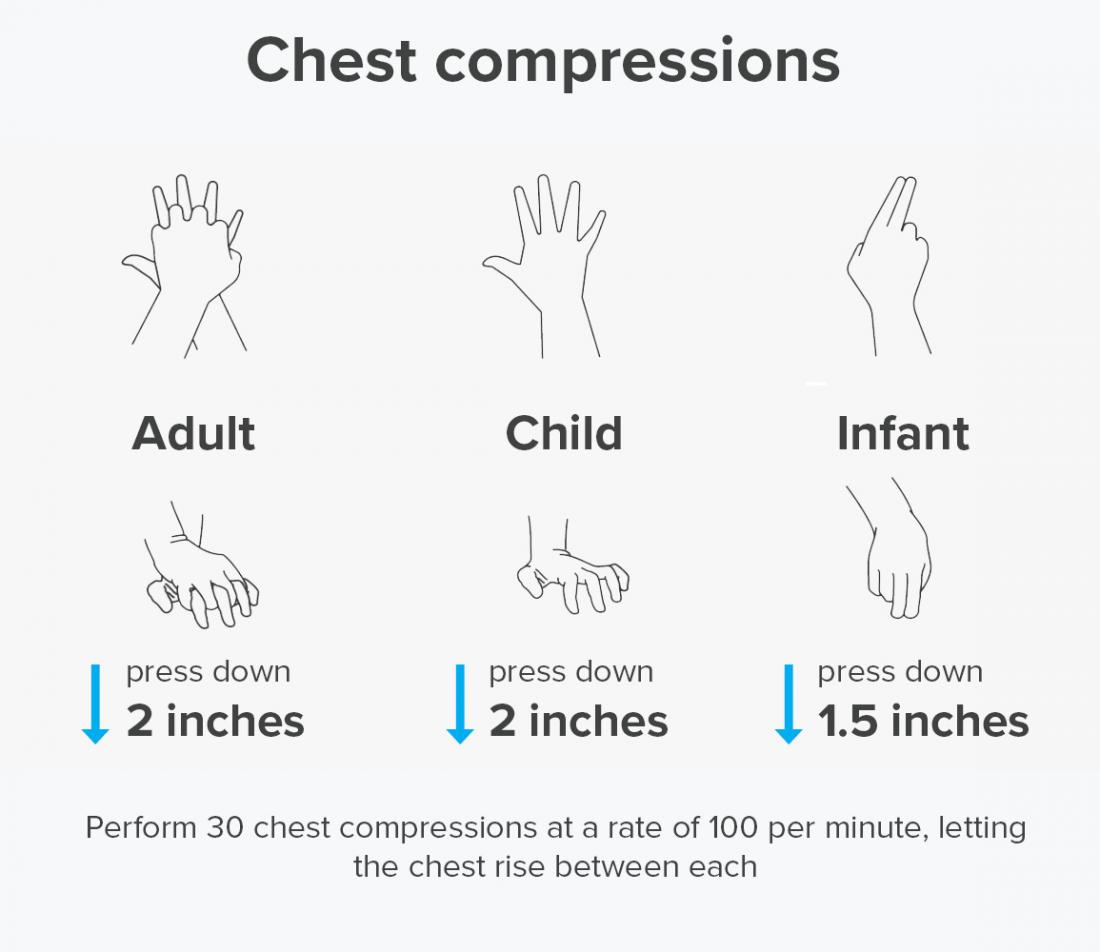People might faint for a variety of causes, and the cause is not always obvious. Some causes of fainting are dietary: people may have low blood sugar or be dehydrated. Other possible physiological reasons include low blood pressure, oxygen shortage, blood loss, head injuries, and heat stroke.
In most circumstances, regardless of the cause of a fainting spell, the first assistance you give to someone who has fainted is the same.
What to do if someone faints?
1. React and call
If someone is standing when they faint, catch them, gently lower them to the floor and call 911. If they have tight-fitting clothing, loosen it to the best of your ability. Anyone who loses consciousness for even a moment should get evaluated by a medical professional.
2. Check Vitals
Examine the person and check for breathing, a pulse, and anything lodged in the throat. If you see something in their throat that is loose, reach into their mouth and remove it. If the object is tight or firmly anchored, do not try to grip it, but start CPR.
In any scenario where a person stops breathing or does not have a pulse, you should perform an appropriate version of CPR depending on the cause of unconsciousness, the age of the victim and your training.
3. Reposition
If the victim is breathing, you can gently roll the person onto his or her side. After you do so, position the victim’s head so it isn’t tilted too far down or too far up and make sure their airway is open.
If you think the unconscious state is the result of a spinal injury, don’t try to readjust the victim unless he or she begins to vomit. In this event, roll the person onto their side in one swift motion and do your best not to jostle the head and back. Do not move someone who might have a spinal injury unless necessary.
4. Monitor
Stay with the person and continuously monitor their breathing. Try to keep the victim warm until medical personnel arrives. If they stop breathing while waiting for medical personnel, start CPR.
How to perform CPR
There are two main stages to CPR: the preparation stage and the CPR stage.
Preparation steps
Before performing CPR on an adult, use the following preparation steps:
Step 1. Call Emergency line
First, check the scene for factors that could put you in danger, such as traffic, fire, or falling masonry. Next, check the person. Do they need help? Tap their shoulder and shout, “Are you OK?”
If they are not responding, call 118 or ask a bystander to call 118 before performing CPR.
Step 2. Place the person on their back and open their airway
Place the person carefully on their back and kneel beside their chest. Tilt their head back slightly by lifting their chin.
Open their mouth and check for any obstruction, such as food or vomit. Remove any obstruction if it is loose. If it is not loose, trying to grasp it may push it farther into the airway.
Step 3. Check for breathing
Place your ear next the person’s mouth and listen for no more than 10 seconds. If you do not hear breathing, or you only hear occasional gasps, begin CPR.
If someone is unconscious but still breathing, do not perform CPR. Instead, if they do not seem to have a spinal injury, place them in the recovery position. Keep monitoring their breathing and perform CPR if they stop breathing.
CPR steps
Use the following steps to perform CPR:
Step 4. Perform 30 chest compressions
Place one of your hands on top of the other and clasp them together. With the heel of the hands and straight elbows, push hard and fast in the center of the chest, slightly below the nipples.
Push at least 2 inches deep. Compress their chest at a rate of least 100 times per minute. Let the chest rise fully between compressions.

Step 5. Perform two rescue breaths
Making sure their mouth is clear, tilt their head back slightly and lift their chin. Pinch their nose shut, place your mouth fully over theirs, and blow to make their chest rise.
If their chest does not rise with the first breath, retilt their head. If their chest still does not rise with a second breath, the person might be choking.

Step 6. Repeat
Repeat the cycle of 30 chest compressions and two rescue breaths until the person starts breathing or help arrives. If an AED arrives, carry on performing CPR until the machine is set up and ready to use.



